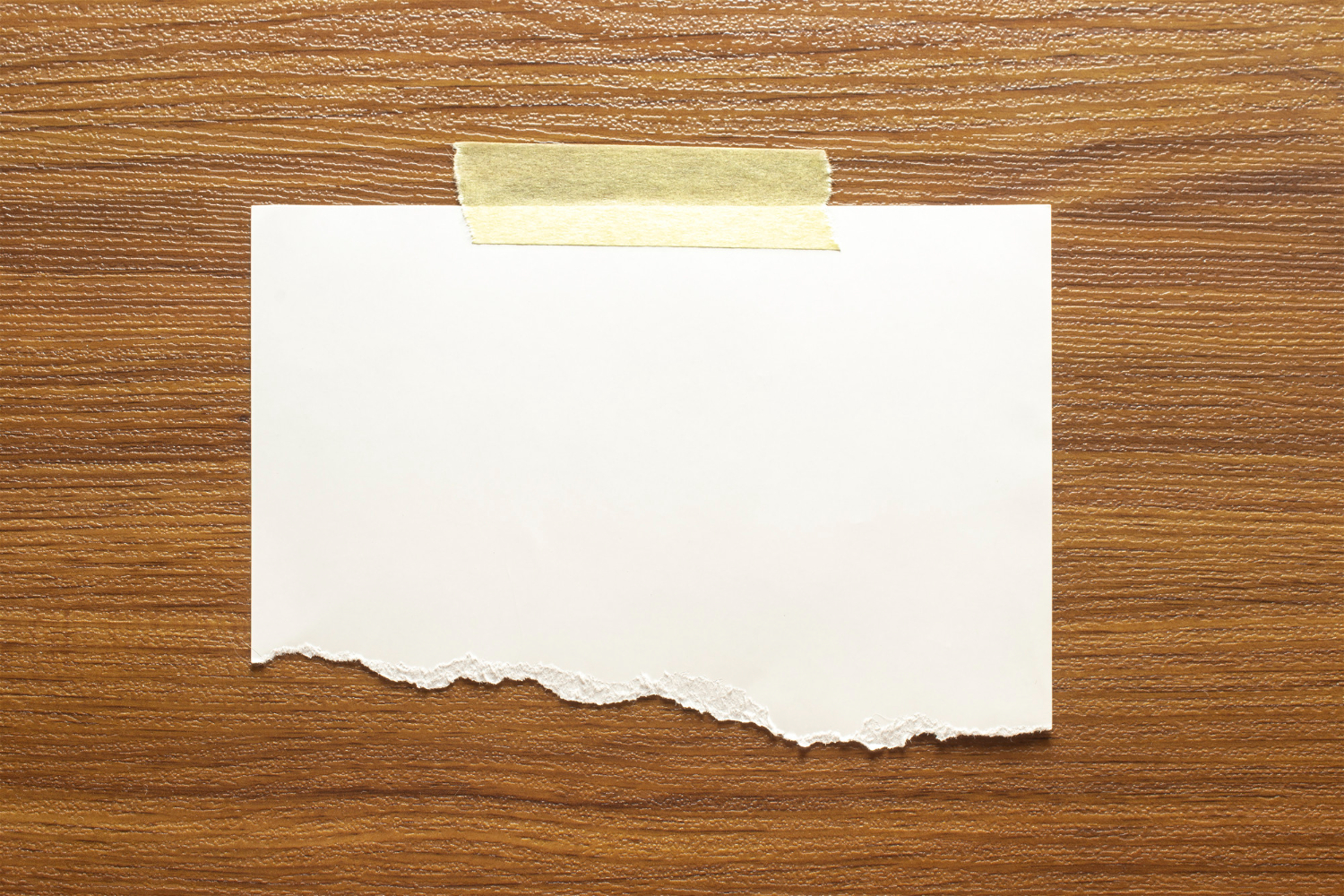The archival material is rich in substances which, although not the primary components of the various types of documents, have a significant impact on their conservation and on the decay and aging processes.
In this article we will talk about:

The adhesive materials in the archive
First of all, books, volumes and documents are rich in adhesive materials, used above all for binding and for the treatment and manifacturing processing of paper.
These substances are often of organic origin, especially as regards the oldest documents, and for this reason they are subjected to particularly rapid degradation processes which also involve the supports on which they are placed.
Inside the archives that contain materials of modern origin, especially made during the course of the Twentieth century, you can find a large number of synthetic adhesives, such as glues and adhesive tapes, which are often agents responsible for irreversible damage to the papers on which are placed.
In particular, the adhesive tape tends to lose its sticky capacity and to trigger acidification processes, significantly damaging the materials with which it comes into contact.

Synthetic materials in the archive
Similarly, the habit has recently developed of using synthetic materials such as plastic bags, acetate sheets, elastic bands for the storage of documents in archives.
All of these materials have very accelerated aging and degradation processes that often involve the papers they come into contact with.
Often plastics undergo a change in pigmentation that could also affect the pages on which they are placed and the elastic bands are very sensitive to temperature fluctuations that can cause them to melt or stiffen, causing irreversible sticking on the paper.





